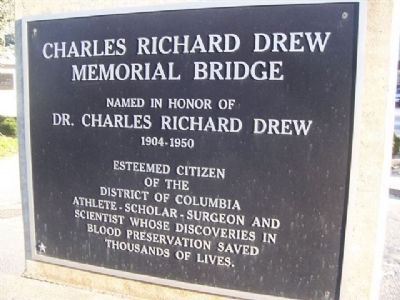Its hard to imagine doctors and surgeons performing operations without washing their hands or equipment, but at one point in time it was standard practice. Before the discovery of bacteria, thousands died from mysterious illnesses that were often attributed to other causes. In the late 1600's Antony Van Leeuwenhoek had observed microscopic organisms with microscopes he had perfected. His findings and suggestions that these one-celled organisms existed were originally met with skepticism from the Royal Society of London, but were later tested and proven to be true. Today, we owe what we understand about bacteria to Van Leeuwenhoek, his initial work has lead to our modern advances in health care, biology, and how the world works. Bacteria play a vital role in our world from disease prevention and cure to unlocking the origin of life itself, and without our knowledge of these invisible life forms life for us would be very different, if possible at all.

In a letter of September 7, 1674, Leeuwenhoek described observations on lake water, including an excellent description of the green charophyte alga Spirogyra: "Passing just lately over this lake, . . . and examining this water next day, I found floating therein divers earthy particles, and some green streaks, spirally wound serpent-wise, and orderly arranged, after the manner of the copper or tin worms, which distillers use to cool their liquors as they distil over. The whole circumference of each of these streaks was about the thickness of a hair of one's head. . . all consisted of very small green globules joined together: and there were very many small green globules as well."
On September 17, 1683, Leeuwenhoek wrote to the Royal Society about his observations on the plaque between his own teeth, "a little white matter, which is as thick as if 'twere batter." He repeated these observations on two ladies (probably his own wife and daughter), and on two old men who had never cleaned their teeth in their lives. Looking at these samples with his microscope, Leeuwenhoek reported how in his own mouth: "I then most always saw, with great wonder, that in the said matter there were many very little living animalcules, very prettily a-moving. The biggest sort. . . had a very strong and swift motion, and shot through the water (or spittle) like a pike does through the water. The second sort. . . oft-times spun round like a top. . . and these were far more in number." In the mouth of one of the old men, Leeuwenhoek found "an unbelievably great company of living animalcules, a-swimming more nimbly than any I had ever seen up to this time. The biggest sort. . . bent their body into curves in going forwards. . . Moreover, the other animalcules were in such enormous numbers, that all the water. . . seemed to be alive." These were among the first observations on living bacteria ever recorded.




 Stamp in honour of Dr.Drew
Stamp in honour of Dr.Drew Dr.Chales Richard Drew
Dr.Chales Richard Drew